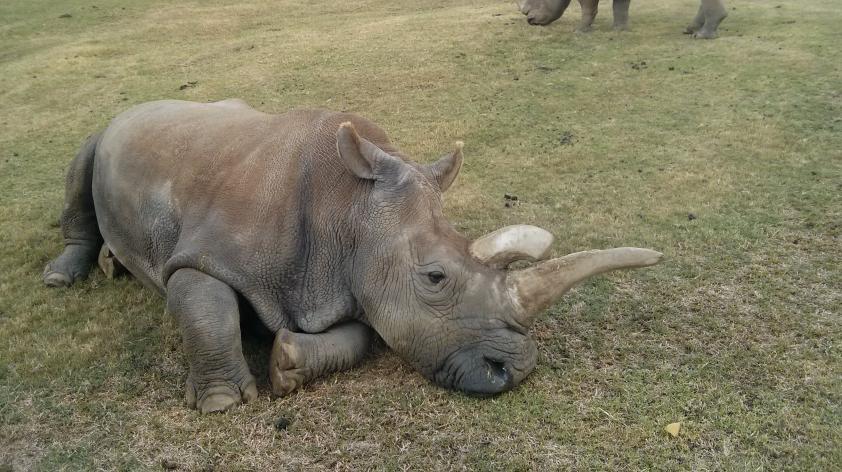
How Genomics is Changing Conservation at the San Diego Zoo
Conservation, at its core, is about protecting and preserving our world's precious biodiversity, and any conservation program will involve identifying populations most in need of protection and developing effective conservation strategies. The advent of new techniques in molecular genetics has revolutionized the field of conservation biology, providing researchers a wide variety of ways to asses the health of wildlife populations, such as quantifying genetic diversity, or inferring the demographic history of a population. These methods have been applied with great success on projects here at the San Diego Zoo, such as efforts to save the Stephens' and San Bernardino kangaroo rat, or the desert bighorn sheep.
The earliest genetic studies in conservation biology were based on a handful of genetic markers at best. Today, genome sequencing can give us access to millions of markers, dramatically increasing the power genetic studies, and broadening the type of questions we can ask about threatened populations. Furthermore, the cost of genome sequencing has decreased significantly in recent years, creating the opportunity to sequence the genomes of a wide range of organisms, and setting the stage for a new revolution in conservation biology.
The Frozen Zoo here at the Institute for Conservation Research is the largest and most diverse collection of its kind in the world, preserving the genetic material of over 1000 plants and animals in its collection, including one extinct species. Genomics will be essential in unlocking the full potential of this tremendous resource. One project that has already benefited from sequencing genomes from the Frozen Zoo is the northern white rhino rescue project. The genomes from nine northern white rhinos were recently sequenced as part of the on going effort to save this critically endangered population. There are currently only three northern white rhinos left alive on the planet, so tapping into the genetic diversity preserved in the Frozen Zoo will be vital to saving the northern white rhino.
We are already using these genomes to answer questions such as: What is the evolutionary history of the northern white rhino? How closely related is it to its relative, the southern white rhino? How can we preserve as much genetic diversity as possible in the remaining population? Which genes are most important for the survival of this population? Watch this blog for updates as we begin to answer some of these questions
Other projects involving genome science at the institute involve the alala, or Hawaiian crow, and the black footed ferret. In both of these projects, genome sequencing has allowed us to answer questions about the genetic health of these populations that we could never of hoped to answer just a few years ago.
Applying genome science to conservation is still an emergent field, but as the cost of genome sequencing counties to drop and the field of genomics continues to mature, you can count on the San Diego Zoo to be at the forefront of the conservation genomics revolution.













